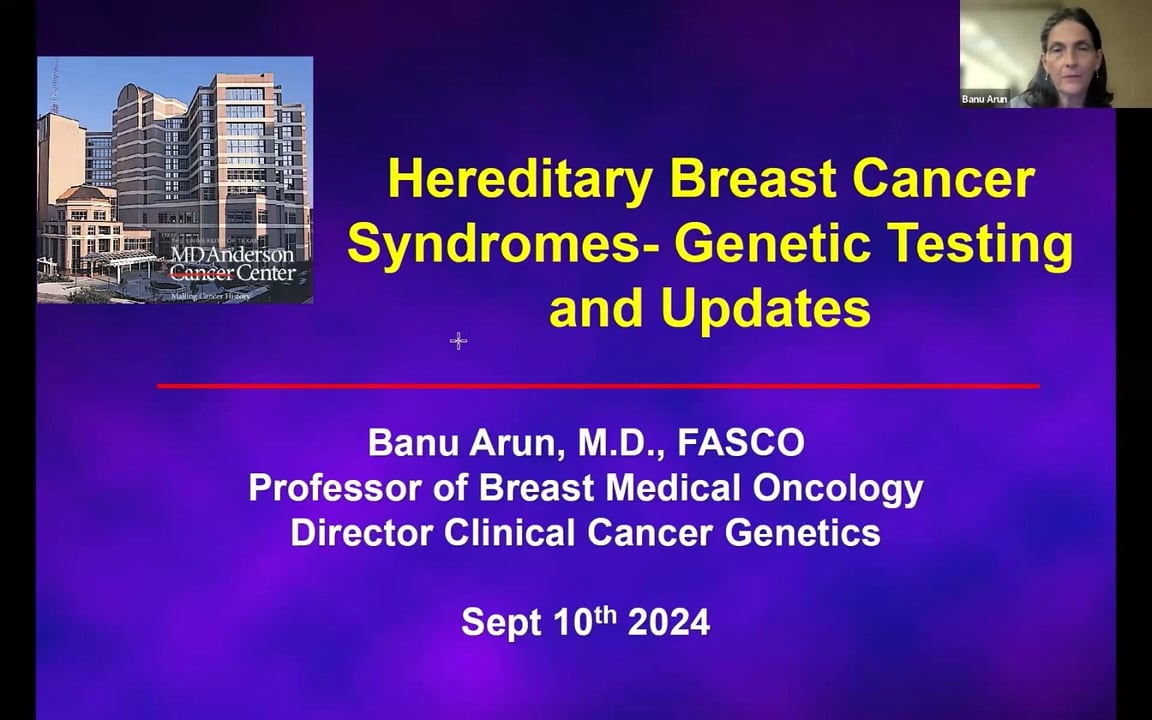Artigo
Omitting Axillary Dissection in Breast Cancer with Sentinel-Node Metastases
ABSTRACT
BACKGROUND: Trials evaluating the omission of completion axillary-lymph-node dissection in patients with clinically node-negative breast cancer and sentinel-lymph-node metastases have been compromised by limited statistical power, uncertain nodal radiotherapy target volumes, and a scarcity of data on relevant clinical subgroups.
METHODS: We conducted a noninferiority trial in which patients with clinically node-negative primary T1 to T3 breast cancer (tumor size, T1, ≤20 mm; T2, 21 to 50 mm; and T3, >50 mm in the largest dimension) with one or two sentinel-node macrometastases (metastasis size, >2 mm in the largest dimension) were randomly assigned in a 1:1 ratio to completion axillary-lymph-node dissection or its omission (sentinel-node biopsy only). Adjuvant treatment and radiation therapy were used in accordance with national guidelines. The primary end point was overall survival. We report here the per-protocol and modified intention-to-treat analyses of the prespecified secondary end point of recurrence-free survival. To show noninferiority of sentinel-node biopsy only, the upper boundary of the confidence interval for the hazard ratio for recurrence or death had to be below 1.44.
RESULTS: Between January 2015 and December 2021, a total of 2766 patients were enrolled across five countries. The per-protocol population included 2540 patients, of whom 1335 were assigned to undergo sentinel-node biopsy only and 1205 to undergo completion axillary-lymph-node dissection (dissection group). Radiation therapy including nodal target volumes was administered to 1192 of 1326 patients (89.9%) in the sentinel-node biopsy–only group and to 1058 of 1197 (88.4%) in the dissection group. The median follow-up was 46.8 months (range, 1.5 to 94.5). Overall, 191 patients had recurrence or died. The estimated 5-year recurrence-free survival was 89.7% (95% confidence interval [CI], 87.5 to 91.9) in the sentinel-node biopsy–only group and 88.7% (95% CI, 86.3 to 91.1) in the dissection group, with a country-adjusted hazard ratio for recurrence or death of 0.89 (95% CI, 0.66 to 1.19), which was significantly (P<0.001) below the prespecified noninferiority margin.
CONCLUSIONS: The omission of completion axillary-lymph-node dissection was noninferior to the more extensive surgery in patients with clinically node-negative breast cancer who had sentinel-node macrometastases, most of whom received nodal radiation therapy. (Funded by the Swedish Research Council and others; SENOMAC ClinicalTrials.gov
number, NCT02240472.)
Compartilhar em:
Comentários
0
Conteúdos Relacionados
Comentários
Deixe um comentário Cancelar resposta
Você precisa fazer o login para publicar um comentário.










